If you’ve seen your hamster run like it’s training for the Olympics, you know one thing: these little fluffballs need space to play and relax. The wrong habitat can make them restless, bored, or unhappy.
I learned this the hard way with a “cute” tiny cage. Spoiler alert: it didn’t work. My hamster looked at me like I had ruined its life.
So, finding the best plastic hamster habitat for play and comfort isn’t just nice—it’s essential.
Now, how do you start when the market offers so many choices? Don’t worry, I’m here to help. Let’s break it down together.
Why Plastic Habitats Are a Game-Changer
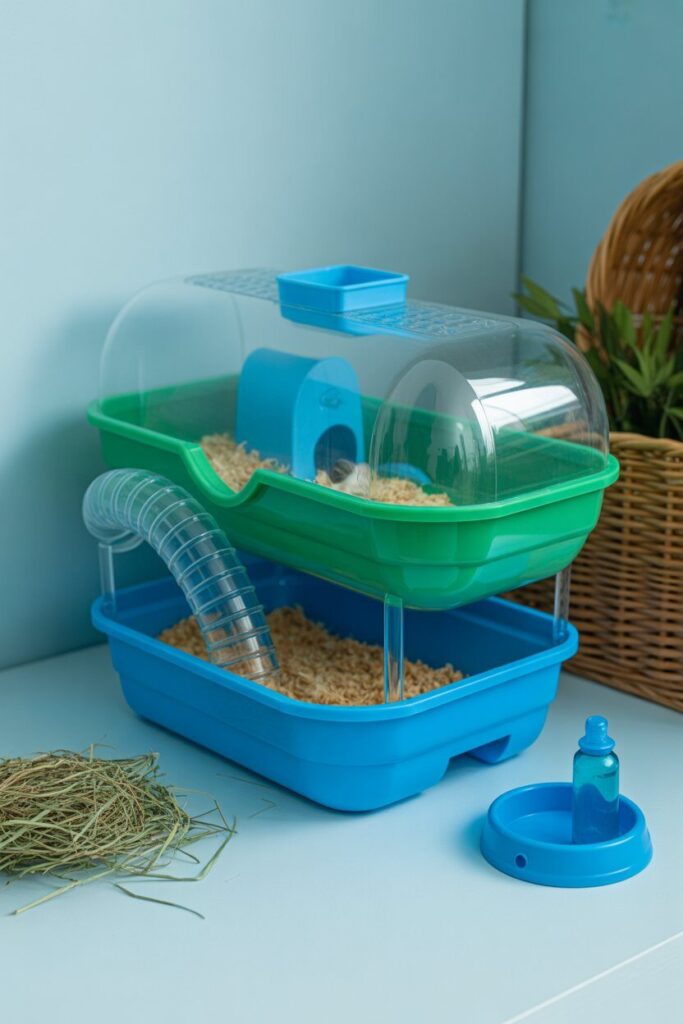
You might be wondering, why plastic? Why not wire or glass?
Well, here’s the deal:
- Plastic habitats give you creativity. Most of them come with tunnels, levels, and colorful add-ons. Basically, it’s hamster Disneyland.
- Cleaning is easier. Trust me, scrubbing bars of a wire cage feels like punishment. Plastic wipes down much faster.
- Visibility is top-notch. You get to spy on your hamster’s every move. And admit it, we all do it.
Of course, not every plastic cage is a winner. Some are too cramped, others feel like cheap toys. That’s why knowing the best picks saves you from regrets.
Key Things to Look For in a Hamster Habitat
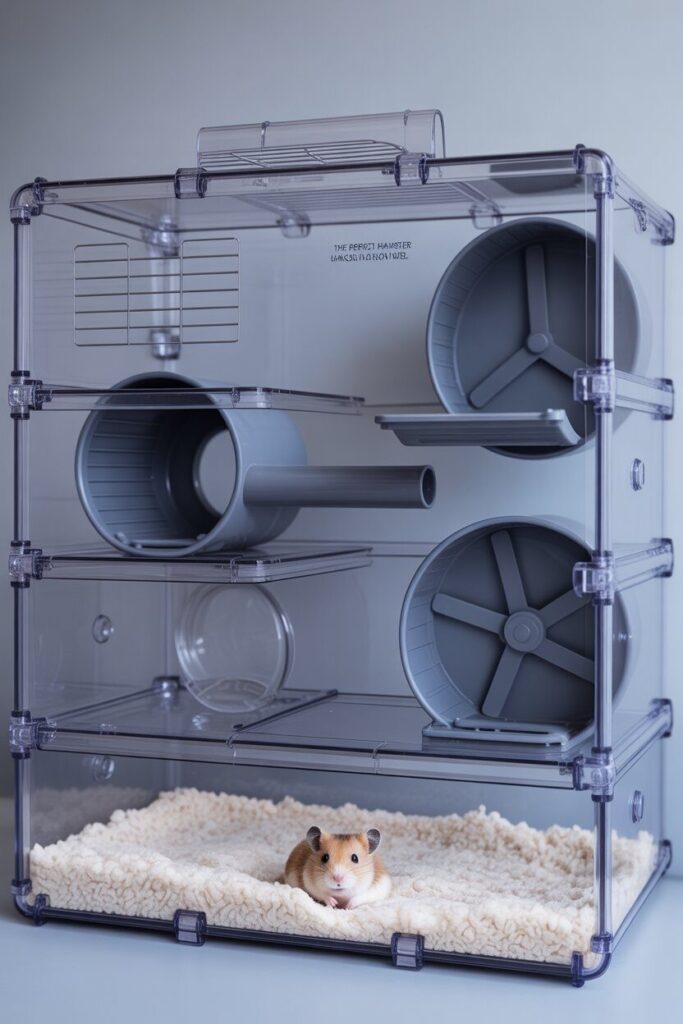
Before you hit “buy,” you need to think like a hamster. Imagine yourself squeezing into tunnels or trying to nap in a tiny hideout. Sounds silly? Maybe. But it works.
Here’s what I always check:
- Size matters. Bigger is always better. Even if your hamster weighs as much as a chicken nugget, it wants space.
- Ventilation is critical. Plastic can trap heat and odors, so look for habitats with enough air circulation.
- Expandable design. The best ones let you connect extra tubes or add-ons. Because let’s face it, you’ll probably want to upgrade later.
- Easy to clean. If it looks like a puzzle, skip it. You don’t want to dread cleaning day.
- Durability. Hamsters chew. A lot. Thin plastic won’t survive their little teeth.
So yeah, the perfect habitat balances comfort for your pet and convenience for you.
My Top Picks for Plastic Hamster Habitats
Let’s get into the fun part. These are the best plastic hamster habitats for play and comfort that I’ve found worth recommending.
1. The Modular Playground
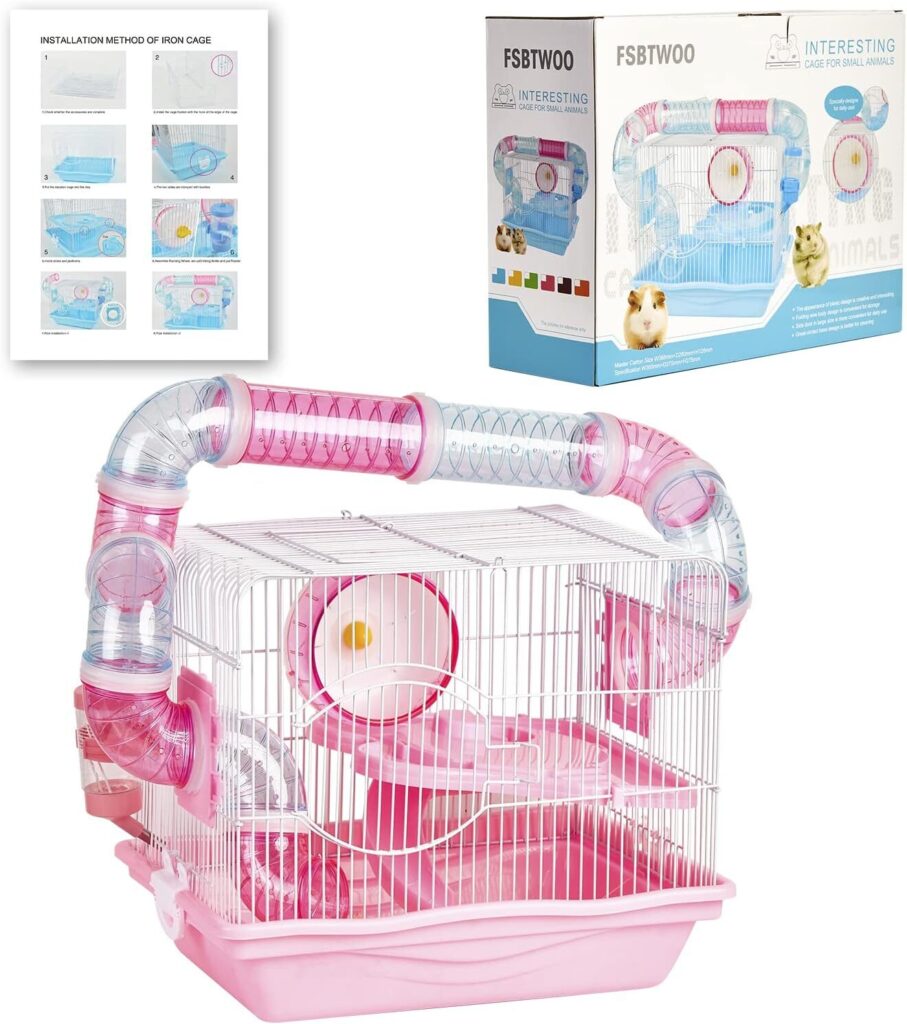
This one is like the ultimate starter kit. It has a main living area, a couple of tunnels, and a wheel. The best part? You can keep adding to it. Want more tunnels? Attach them. Want an extra hideout? Snap it on.
I once bought a version of this for my Syrian hamster, and watching it zoom through the tunnels felt like live entertainment. It’s also surprisingly easy to clean, which is a huge win.
2. The Multi-Level Mansion
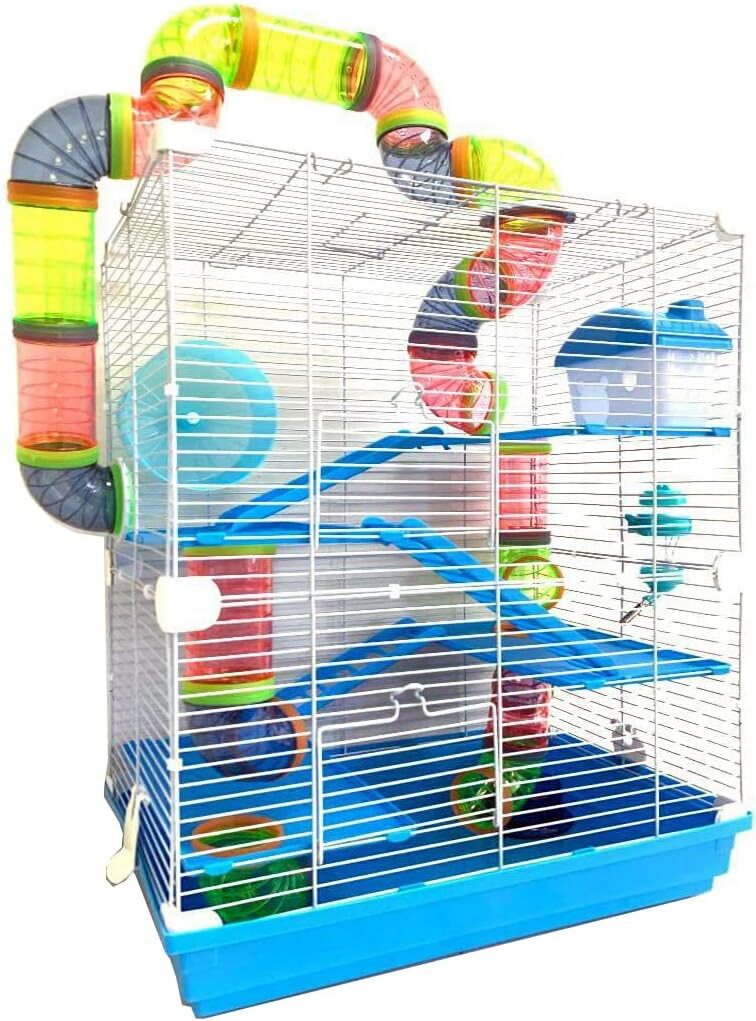
If your hamster loves climbing, this is the jackpot. Multi-level habitats give them ramps, platforms, and cozy spots to nap. It keeps them active and prevents boredom.
I like this style because it feels like your hamster owns a mini high-rise. And honestly, who doesn’t want their pet living in style?
3. The Clear Dome Habitat
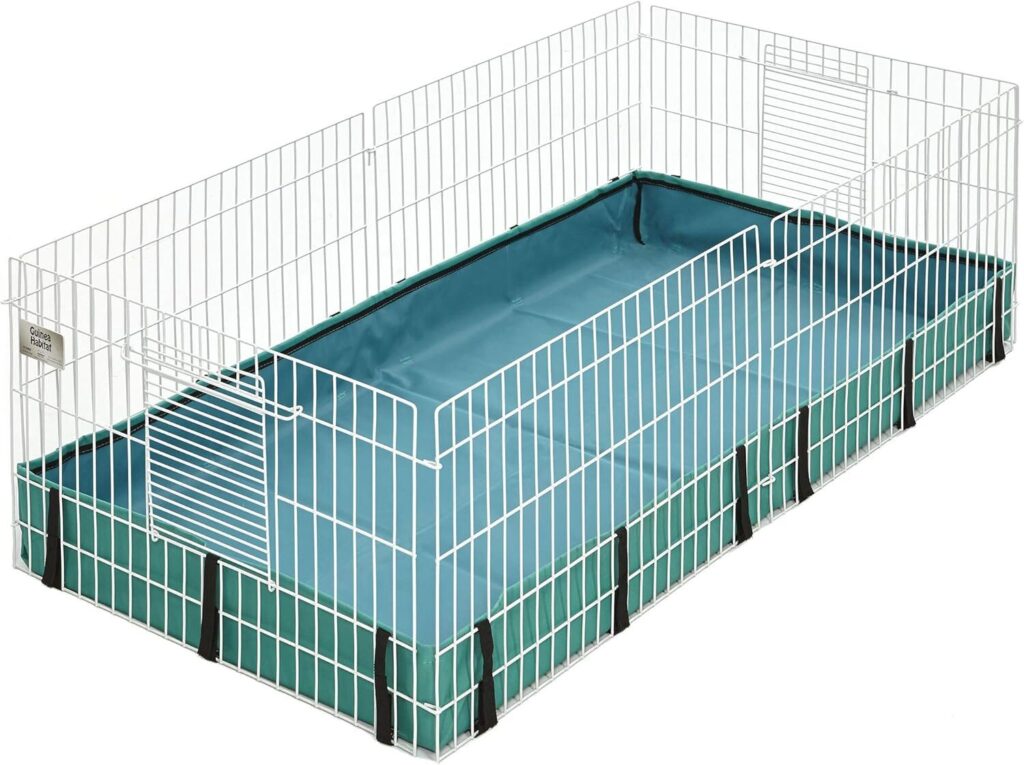
This one is all about visibility. It’s basically a transparent dome where you can watch your hamster’s every move. Cleaning is a breeze, and it looks modern compared to the colorful, kid-like cages.
Some people think it looks a bit like a hamster spaceship. But hey, if my hamster wants to feel like an astronaut, I’m all for it.
4. The Tube Network Dream
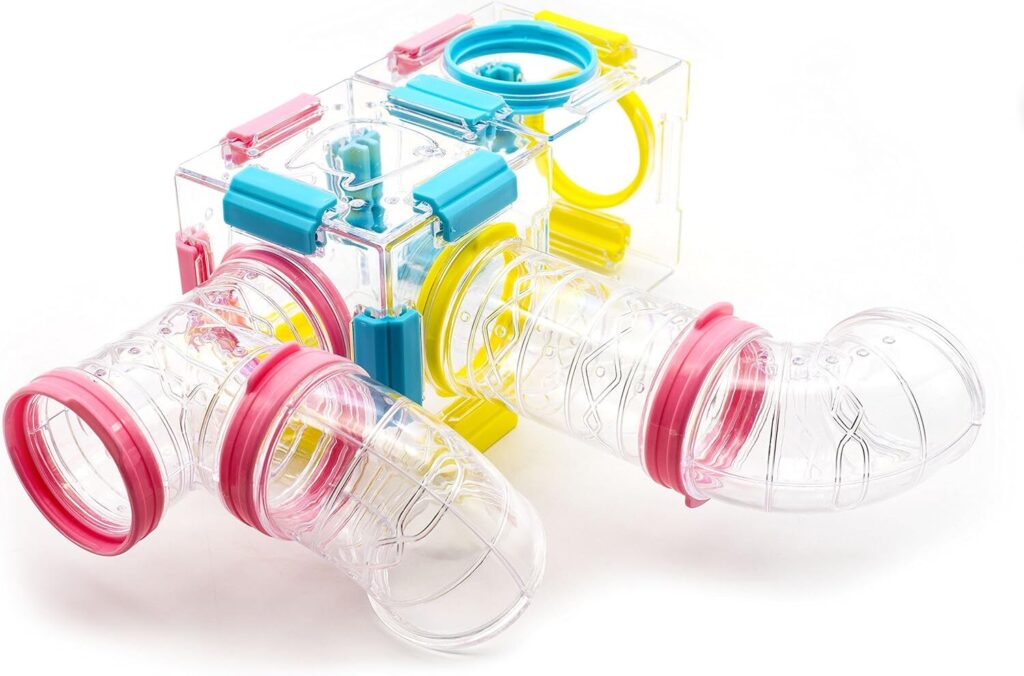
Some habitats come with endless tunnels. They twist, turn, and connect to little pods. These are amazing for active hamsters who love exploring.
Here’s a quick tip: make sure the tunnels are wide enough. I once bought one with skinny tubes, and my hamster got stuck halfway. Not fun. Lesson learned.
Pros and Cons of Plastic Habitats
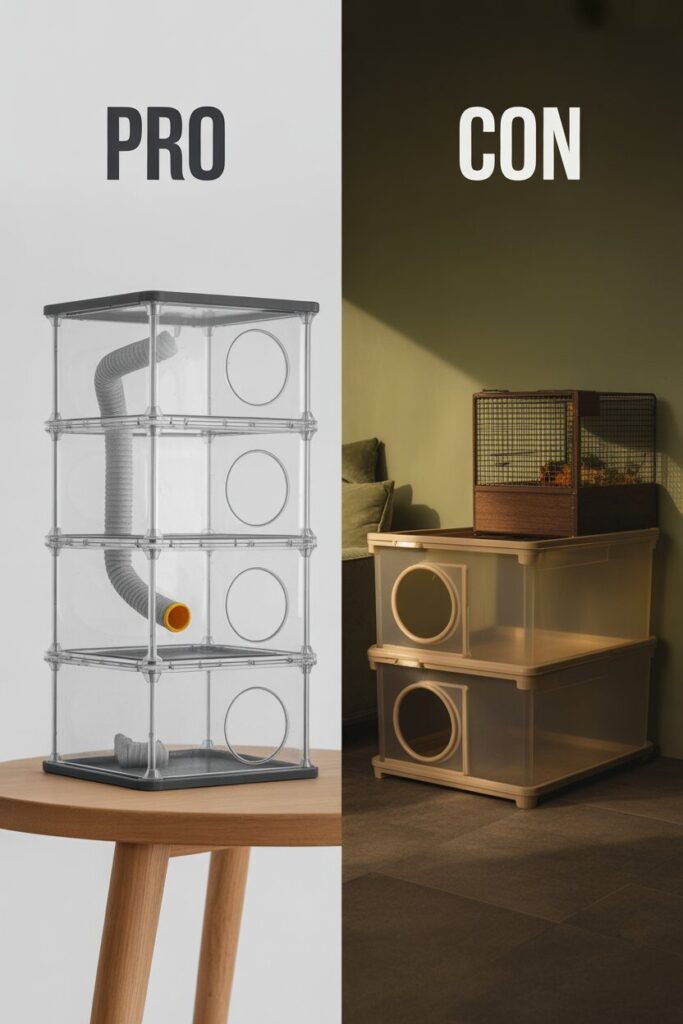
Because let’s keep it real, nothing is perfect.
Pros:
- Lightweight and easy to move
- Lots of design variety
- Expandable with tunnels and add-ons
- Clear walls for hamster-watching
Cons:
- Can trap heat if ventilation is poor
- Some models feel like toys and break easily
- Chewing damage happens if the plastic isn’t sturdy
So yes, they’re awesome, but you need to pick carefully.
Setting Up the Perfect Habitat
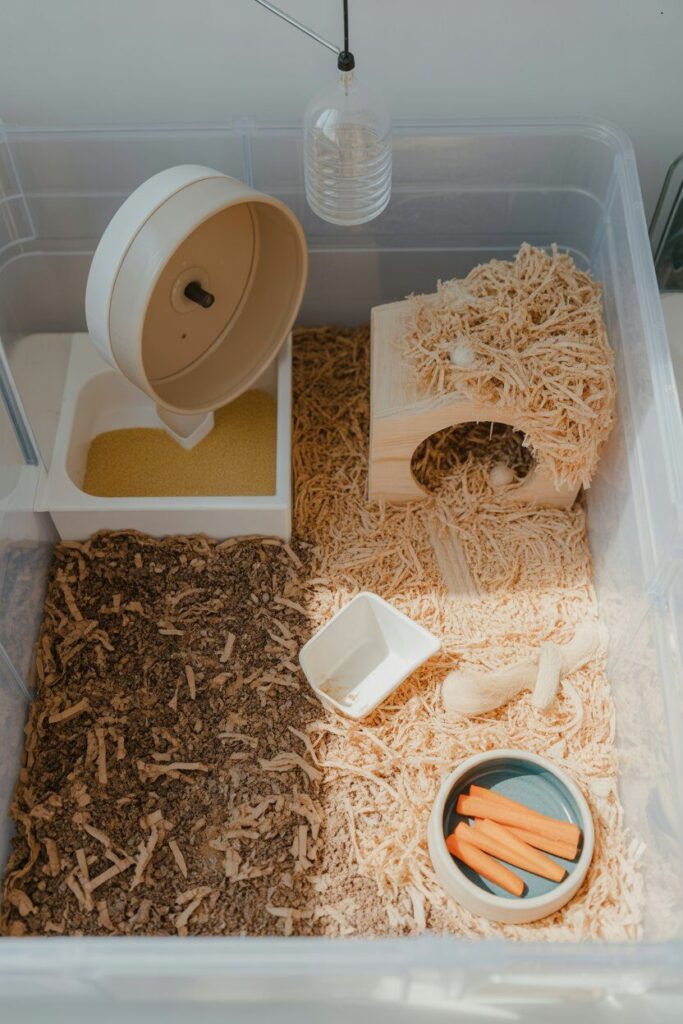
Buying the cage is just step one. Setting it up right makes all the difference.
Here’s my go-to setup formula:
- Bedding: Go for something absorbent and comfy. Avoid anything dusty.
- Wheel: Get a solid one (no wires, please). Your hamster’s little feet will thank you.
- Hideouts: Hamsters love their “me-time.” A hideout is essential.
- Food and water: Obvious, but don’t skimp. Go for a sturdy water bottle and a chew-proof dish.
- Toys: Toss in chew sticks, tunnels, or climbing toys. Keeps boredom at bay.
When you set everything up, step back and ask yourself: Would I live here if I were hamster-sized? If the answer is yes, you nailed it.
Mistakes People Make With Hamster Habitats
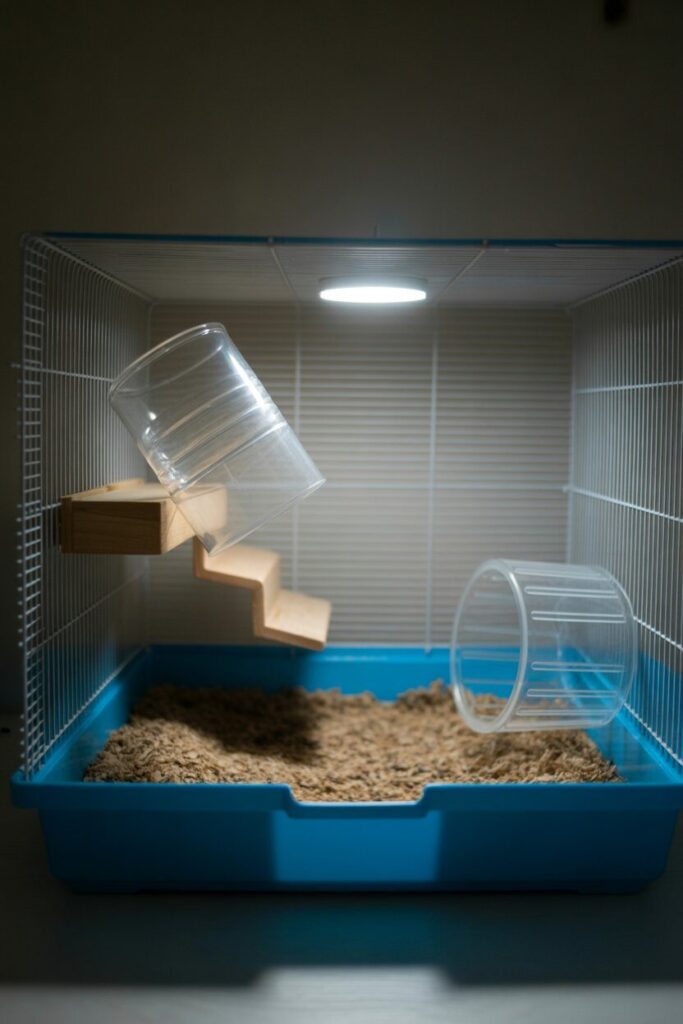
I’ve made a few of these, and maybe you have too. But let’s save your hamster from unnecessary drama.
- Going too small. Tiny cages might look cute, but they’re basically hamster prison.
- Ignoring ventilation. Poor airflow means bad smells and an unhappy pet.
- Overloading with clutter. More toys don’t always mean better. Leave space for running.
- Forgetting chewing habits. If the plastic is flimsy, your hamster will destroy it.
Ever seen a hamster chew through part of its own cage? I have. Not fun. Strong plastic is worth every penny.
How to Keep Your Hamster Happy in Its Habitat
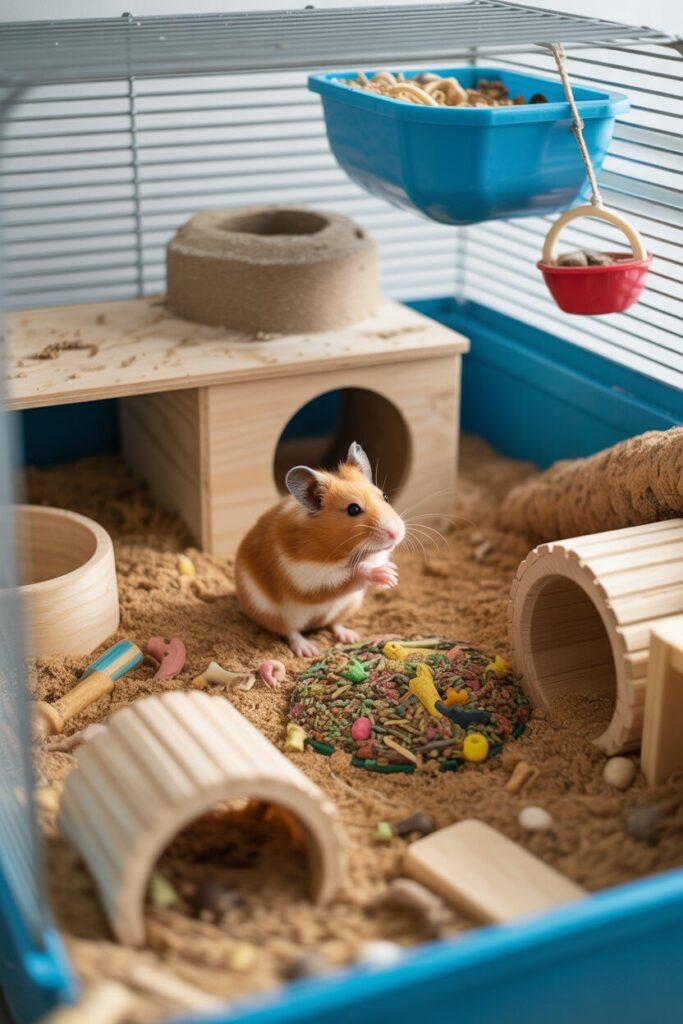
Even the best cage won’t cut it if you don’t keep your hamster entertained.
- Rotate toys. Switch them out every week or two so your hamster doesn’t get bored.
- Offer treats in creative ways. Hide them in tunnels or under bedding for a little treasure hunt.
- Handle your hamster regularly. The cage is home, but you’re part of the fun too.
- Keep it clean. Spot-clean daily and do a full clean once a week. Your nose will thank you.
Hamsters might be small, but they thrive when you put in the effort.
Final Thoughts
Finding the best plastic hamster habitat for play and comfort isn’t about picking the flashiest one on the shelf. It’s about creating a space where your hamster feels safe, active, and entertained.
Whether you go for a modular playground, a multi-level mansion, or a tunnel-filled adventure, the right habitat makes all the difference.
If I had to choose? I’d go with the expandable modular type. It grows with your hamster’s needs and keeps things fresh for both of you. But hey, that’s just my take.
At the end of the day, your hamster deserves more than a basic box. So do your pet a favor—give it a space where it can play, explore, and relax. Trust me, a happy hamster is way more fun to watch.
What Makes Plastic Hamster Habitats Better Than Wire Cages?
Plastic hamster habitats offer better visibility, fun features, and safer designs than wire cages. You can watch your hamster explore, run, and burrow without fear of their paws getting stuck.
Most plastic habitats include tunnels and multiple levels, promoting natural hamster behavior.
Wire cages are breathable but often lack space and chew safety. With plastic habitats, you can customize your setup using tubes, platforms, and accessories that wire cages typically don’t provide.
How Big Should a Plastic Hamster Habitat Be?
A hamster needs space to run, burrow, and explore. The larger the habitat, the better. A minimum of 450 square inches of floor space is often recommended.
However, bigger habitats make life more comfortable for your hamster. Small, cramped cages cause stress and boredom.
When I upgraded to a larger plastic habitat, my hamster changed overnight. They became more playful and curious, and appeared less anxious. So, don’t skimp on space if you want a happy hamster.
Are Plastic Hamster Habitats Safe?
Yes, plastic hamster habitats are safe if they are well-built and maintained. The main risk is hamsters chewing through thin plastic. That’s why choosing thick, durable material is important.
To keep your habitat safe, add chew toys. This keeps your hamster busy gnawing on the right things. If you clean the cage regularly and watch for wear and tear, plastic habitats can be as safe as other types.
How Do You Clean a Plastic Hamster Habitat?
Cleaning a plastic hamster habitat is often easier than cleaning a wire cage. Most plastic models can be taken apart.
You can remove sections, wash them with mild soap and warm water, and then put everything back together.
I suggest spot-cleaning daily to remove soiled bedding. Also, do a full clean once a week. This way, odors won’t build up, and your hamster will have a fresh, comfy space to enjoy.
Can Plastic Habitats Keep Hamsters Entertained?
Sure! Plastic habitats often have tunnels, exercise wheels, and multiple levels. These features let hamsters stay active and mimic their natural exploring and tunneling behaviors.
If your habitat lacks built-ins, you can add toys, tubes, and climbing structures easily. Rotating accessories every few weeks helps prevent boredom, like redecorating their little apartment.
